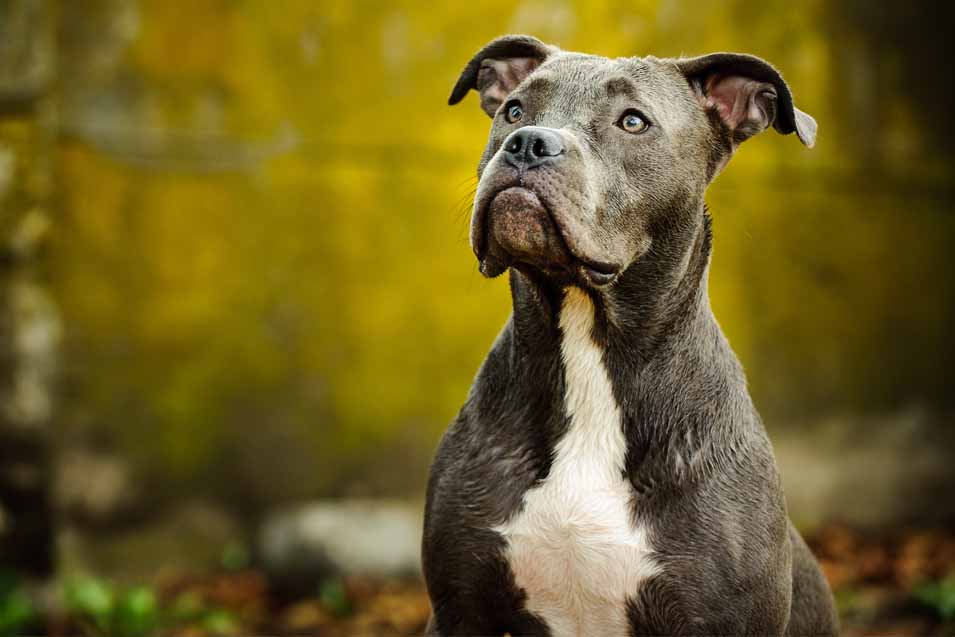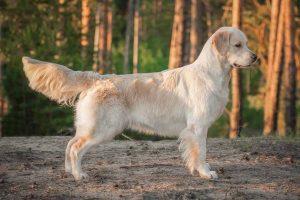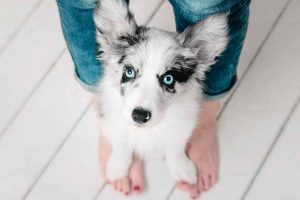If you Google “about adopting Pit Bulls,” you get page after page of top ten (or sixteen or even twenty-one) lists of reasons why you should adopt a Pit Bull, and even one list why Pit Bulls don’t make good pets, but the title is facetious and the article is a series of pictures of Pit Bulls in Ray Bans and tutus obviously demonstrating that Pit Bulls make great pets. I’m glad I did this research, but have to say that the list-articles were so intent on naming all the lovable Pit Bull traits that they missed a truly important reason to consider adopting one: shelters are bursting with Pit Bulls; Pit Bulls are the most euthanized dogs in America. Some shelters euthanize Pit Bulls without even trying to adopt them out; they are that maligned.
Last year my local Humane Society was having a “free dog Saturday,” and my son and I got there a half hour early to see a line of prospective adopters wrapped around the building and heading down the sidewalk. When we finally got far enough inside to see an actual dog, about half of the medium- to large-size dogs were left in their cages, and they were all Pit Bulls. Most of those had been living in the shelter for more than a month, some for three or more months. My son was still excited, but I was not happy. All the stereotypes about Pit Bulls flashed in my mind: They are vicious. They will turn on you. They are the dogs most favored by gangs and criminals and, well, people from the wrong side of the tracks (if you could see my poor little house, you’d rightfully wonder which side of the tracks I live on.). My son found an eager-looking candidate, and we took him outside. An hour and several warnings about furniture-chewing later, we were headed home with a Pit Bull.
We’ve had Goober for just over a year now. It took me about six months to admit to myself (and to him) that I actually love him. But now that I’ve fallen, I’ve fallen hard. Goober is everything the top ten lists make Pit Bulls out to be: intelligent, eager to please, healthy, goofy, woefully lacking in personal boundaries when it comes to sleeping arrangements (we never even bothered buying him a dog bed). He loves to go for a walk but doesn’t require exercise. His hair is so short that I just toss him in the tub, scrub a little oatmeal shampoo on him, and spray him off. He self-dries in about ten minutes. Goober’s name at the Humane Society was Smoochie. We felt he was possessed of a little more dignity than this name allowed (but not too much more), but it is easy to see why he got the name. To date, the most nearly-fatal attacks this dog has perpetrated on us have come in the form of turbo-licking, so fast and with such deadly aim (our lips, nostrils, eyes, ears) that it is almost impossible to breathe and completely impossible to stop laughing. And, of course, Goober is a wonderful watch dog. He has the look that Pit Bulls are famous for (except for his big, floppy, uncut ears), and a fantastically horrific bark. I feel safer with Goober than with any other dog I’ve ever kept.
At the same time it’s easy to focus on all of Goober’s lovable traits, it’s important to consider all the facts before adopting a Pit Bull. Pit Bulls are voracious chewers. Each one should have an Extreme Kong toy issued with their adoption papers. I just replaced our couch. Also, Pit Bulls have been bred for generations to fight other dogs. You can’t socialize or love this trait out of them. If you choose to adopt a Pit Bull, you must provide adequate fencing, never let them run off-leash outside your property, and train them to heel. That said, most Pit Bulls get along very well with other dogs and animals. As far as aggression toward humans goes, it is quite simply almost unheard of. Pit Bulls are so good with children, so protective of children, that they used to be used as nanny or nursemaid dogs. The ASPCA’s official position on Pit Bulls is partly as follows:
“All dogs, including Pit Bulls, are individuals. Treating them as such, providing them with the care, training and supervision they require, and judging them by their actions and not by their DNA or their physical appearance is the best way to ensure that dogs and people can continue to share safe and happy lives together.”
https://www.aspca.org/about-us/aspca-policy-and-position-statements/position-statement-pit-bulls






